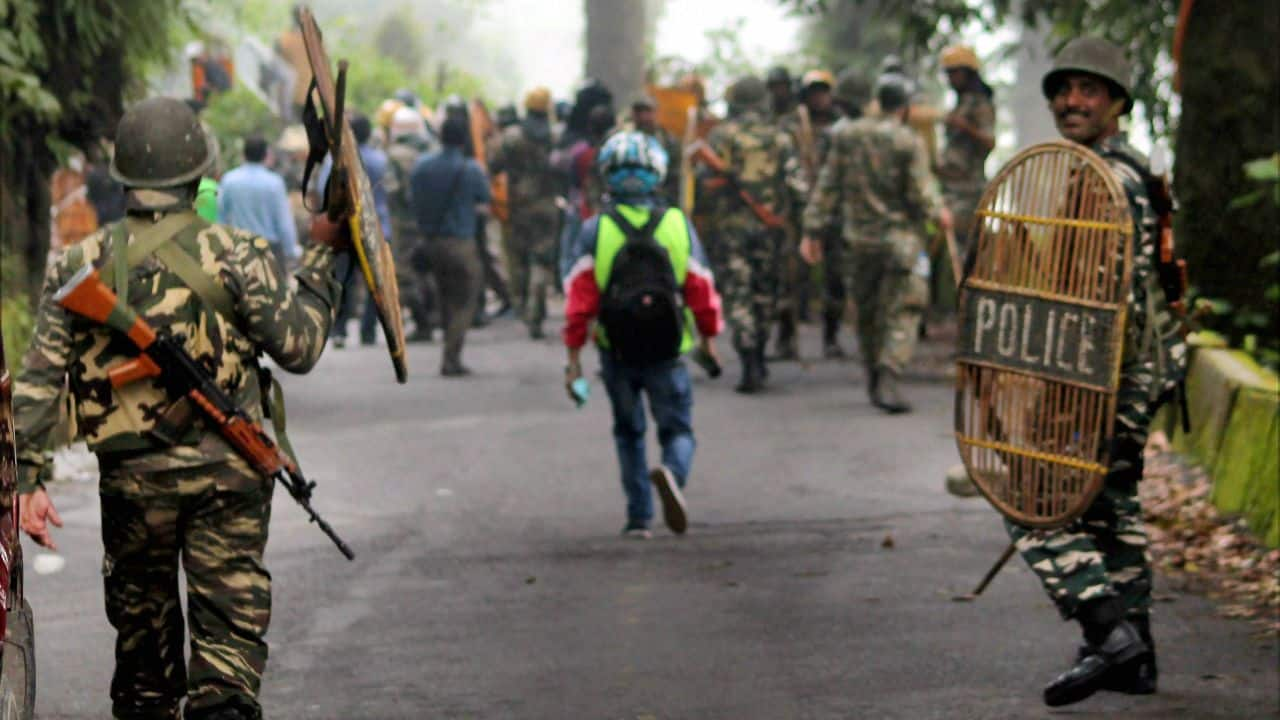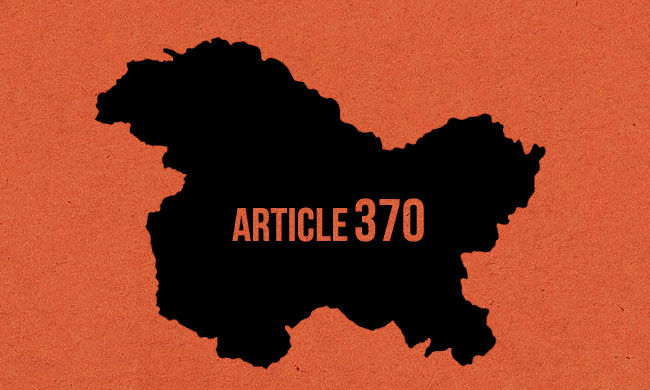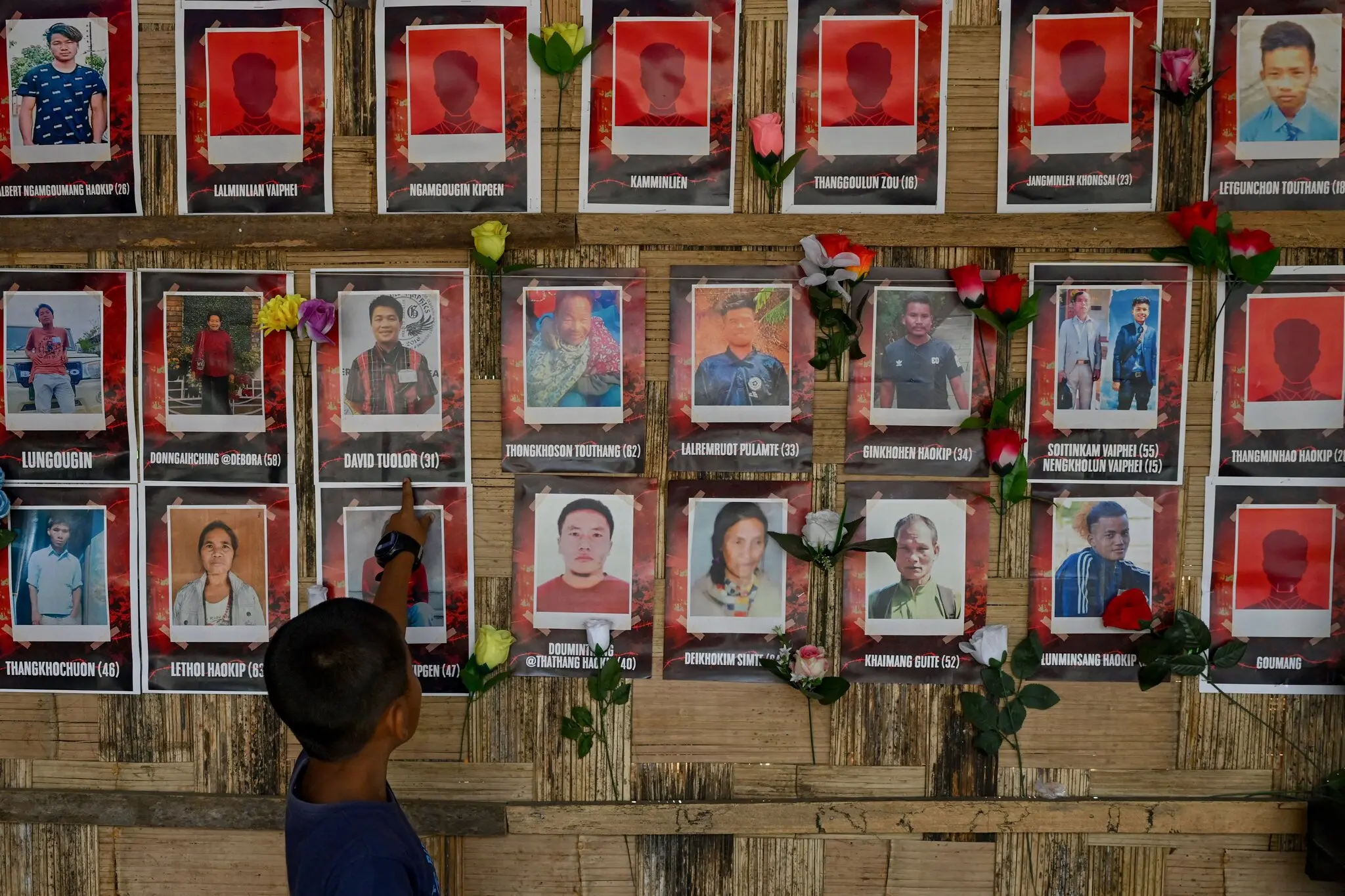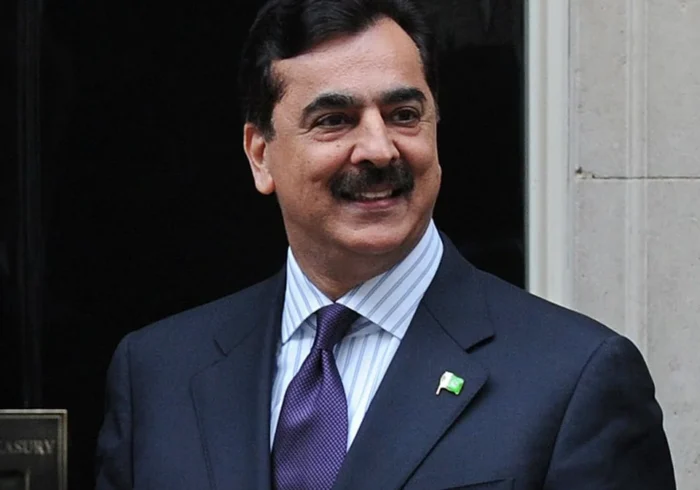India, the world’s largest democracy and a nation of over 1.3 billion people, has long been a land of diverse cultures, languages, religions, and traditions. However, increasing tensions and conflicts across various regions have raised concerns about the country’s unity in recent years. The question arises: Is India on the way to division?
India’s history is marked by cycles of fragmentation and unification. From ancient empires like the Mauryas and Guptas to the Mughal rule and British colonialism, India has seen both centralized control and regional autonomy. Post-independence in 1947, India was divided into linguistic states under the States Reorganization Act of 1956 to accommodate its vast diversity and ensure effective governance. Despite these efforts, demands for new states have persisted. Telangana became India’s 29th state in 2014 after prolonged agitation. Similar demands exist for regions like Gorkhaland in West Bengal, Vidarbha in Maharashtra, and Bodoland in Assam, highlighting underlying regional tensions.
Several recent developments suggest that India may be facing increasing divisions:
 Manipur has been in turmoil since May 2023 due to ethnic clashes between the Meitei and Kuki communities. What began as protests over the Meitei’s’ demand for Scheduled Tribe status escalated into widespread violence, displacing thousands and leading to hundreds of deaths. The state government, led by the BJP’s Biren Singh, has faced criticism for its handling of the crisis, with allegations of bias and inaction further fueling unrest.
Manipur has been in turmoil since May 2023 due to ethnic clashes between the Meitei and Kuki communities. What began as protests over the Meitei’s’ demand for Scheduled Tribe status escalated into widespread violence, displacing thousands and leading to hundreds of deaths. The state government, led by the BJP’s Biren Singh, has faced criticism for its handling of the crisis, with allegations of bias and inaction further fueling unrest.
The conflict in Manipur reflects deeper ethnic divisions in India’s Northeast, where indigenous communities have long harbored grievances against state and central governments. The failure to address their concerns effectively has strengthened calls for greater autonomy and, in some cases, separatist sentiments.
Kashmir: Unrest After Article 370 Revocation
 The abrogation of Article 370 in August 2019 revoked Jammu and Kashmir’s special status, leading to heightened tensions in the region. While the Indian government argued that the move would promote integration and economic development, the ground reality tells a different story.
The abrogation of Article 370 in August 2019 revoked Jammu and Kashmir’s special status, leading to heightened tensions in the region. While the Indian government argued that the move would promote integration and economic development, the ground reality tells a different story.
- Security Concerns: Increased military presence and crackdowns have led to widespread alienation among Kashmiri Muslims.
- Political Disenfranchisement: The dismantling of Jammu and Kashmir’s statehood and direct rule from New Delhi has left many locals feeling politically sidelined.
- Rise in Militancy: Reports suggest that insurgent groups have gained traction, with growing numbers of youth joining separatist movements.
The situation in Kashmir remains volatile, and the government’s approach has only deepened resentment, making reconciliation increasingly difficult.
Sikh Separatism and the Khalistan Movement
The Khalistan movement, advocating for an independent Sikh state, has seen a resurgence, particularly among the Sikh diaspora in Canada, the UK, and Australia. The killing of Hardeep Singh Nijjar, a pro-Khalistan activist, in Canada in June 2023 triggered a diplomatic row between India and Canada, with Prime Minister Justin Trudeau accusing Indian agents of involvement in the assassination.
Within India, the arrest of Sikh separatist leader Amritpal Singh in Punjab in early 2023 highlighted the simmering tensions. While Punjab remains largely peaceful, incidents such as the desecration of religious sites and police crackdowns have rekindled memories of the 1980s insurgency.
Factors Fueling Polarization
Beyond regional conflicts, several broader factors contribute to India’s growing divisions:
- Political Polarization and Regionalism
- The rise of strong regional parties such as the DMK in Tamil Nadu, TMC in West Bengal, and BJD in Odisha has led to increasing friction with the central government.
- Policies perceived as favoring the Hindi-speaking belt have alienated South Indian states, where demands for greater federalism are gaining momentum.
- Religious Tensions and Majoritarianism
- Incidents of communal violence, like the 2020 Delhi riots and attacks on minority communities, have intensified religious divides.
- The Citizenship Amendment Act (CAA) and the National Register of Citizens (NRC) have sparked fears of discrimination among Muslims, further deepening sectarian rifts.
- Economic Disparities
- While states like Gujarat and Karnataka thrive, others like Bihar and Jharkhand struggle with poverty and unemployment, creating frustration and demands for regional autonomy.
- Social Media and Disinformation
- The spread of misinformation through social media platforms has fueled communal hatred, deepening mistrust among different communities.
The Indian government’s policies, particularly under the BJP’s rule, have exacerbated ethnic, religious, and regional tensions instead of fostering unity. The heavy-handed approach in Kashmir, the neglect of the Northeast, and the failure to address economic disparities have created fault lines that continue to widen. Manipur burns, Kashmir remains under occupation, and Sikh separatist sentiments rise these are not signs of a thriving democracy but of a country hurtling toward fragmentation. As majoritarianism deepens and dissent is crushed, India’s future as a unified nation grows increasingly uncertain. The cracks are visible, and if these issues remain unresolved, India may very well be on an irreversible path toward division.







